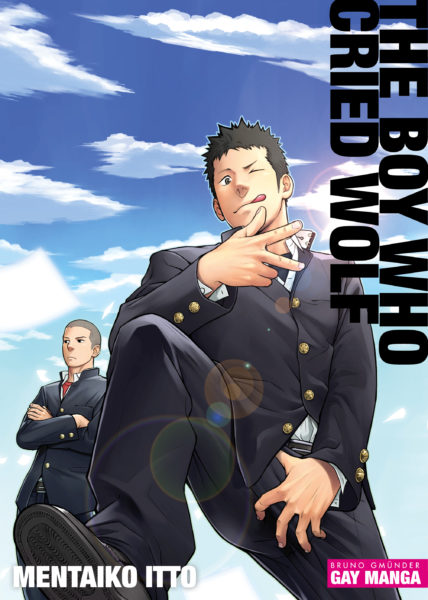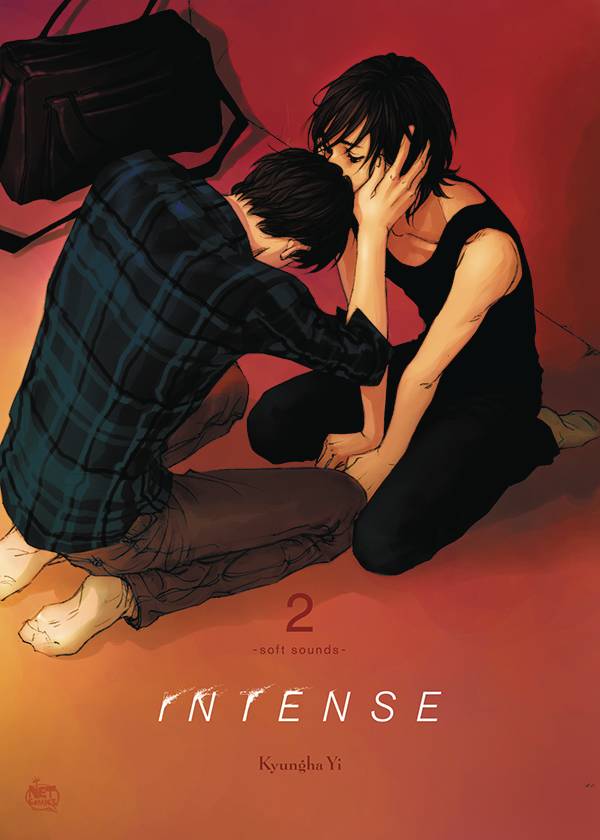My News and Reviews After a slight delay, November's Bookshelf Overload was posted last week at Experiments in Manga. Last week I also came to the sad conclusion that my feature on Ichigo Takano's …
Continue Reading about My Week in Manga: December 12-December 18, 2016 →



